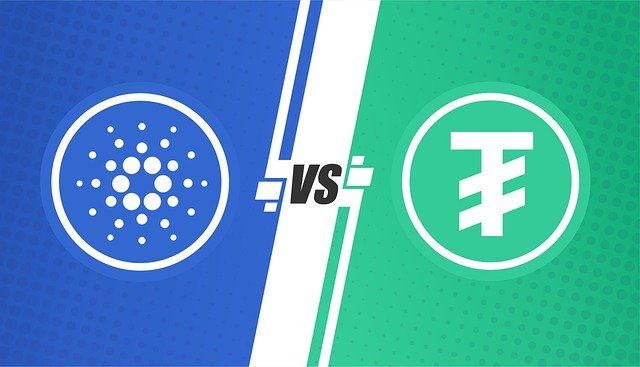Introduction
The financial world is undergoing a radical transformation, and at the heart of it is DeFi, or Decentralized Finance. Built on blockchain technology—primarily Ethereum—DeFi aims to replace traditional financial intermediaries with code. In this article, we’ll explore what DeFi is, how it works, and why it’s one of the most exciting innovations in the crypto space.
What Is DeFi?
Decentralized Finance (DeFi) refers to a collection of financial services—like lending, borrowing, trading, and earning interest—that are built on blockchain networks and operate without banks or centralized institutions.
Instead of relying on traditional banks, users interact with smart contracts—self-executing code that enforces the rules of a financial agreement.
How DeFi Works
DeFi runs on blockchain platforms like Ethereum, Solana, and Avalanche, and uses smart contracts to automate and secure financial operations.
Typical components of a DeFi transaction:
- Wallet – You connect a wallet like MetaMask or Trust Wallet.
- Smart Contract – Executes the transaction (e.g., lending crypto).
- Token – Typically involves ERC-20 tokens like ETH, DAI, USDC, etc.
- Platform – A DeFi protocol like Aave, Uniswap, or Compound.
Popular Use Cases of DeFi
- Lending & Borrowing: Platforms like Aave or Compound let you earn interest or take out loans without credit checks.
- Decentralized Exchanges (DEXs): Trade tokens directly on platforms like Uniswap and SushiSwap.
- Yield Farming: Earn rewards by providing liquidity to DeFi platforms.
- Stablecoins: Cryptos like DAI or USDC maintain a stable value, enabling more practical DeFi use.
- Insurance: DeFi-native insurance protocols (e.g., Nexus Mutual) provide decentralized risk coverage.
Benefits of DeFi
- No Middlemen: Lower fees and greater control over your funds.
- Open Access: Anyone with an internet connection can participate.
- Transparency: All transactions are recorded on public blockchains.
- Innovation: Rapid development of new financial tools and services.
Risks and Challenges
While promising, DeFi also presents real risks:
- Smart Contract Bugs: Flaws in code can lead to massive losses.
- Scams and Rug Pulls: Some projects are outright fraudulent.
- Impermanent Loss: A risk when providing liquidity to pools.
- Regulatory Uncertainty: Legal status of DeFi is still evolving.
Pro Tip: Always DYOR—Do Your Own Research—before using any DeFi platform.
Top DeFi Platforms (as of 2025)
| Platform | Primary Use | Network |
|---|---|---|
| Aave | Lending & Borrowing | Ethereum |
| Uniswap | Decentralized Exchange | Ethereum |
| Curve | Stablecoin Trading | Ethereum |
| PancakeSwap | DEX with lower fees | BNB Chain |
| Lido | Liquid Staking | Ethereum |
The Future of DeFi
DeFi is expected to:
- Integrate with Traditional Finance: Hybrid models could merge DeFi and traditional systems.
- Expand Cross-Chain Compatibility: More bridges between different blockchains.
- Improve User Experience: Simplified interfaces and better education for new users.
- Enhance Security: Audited smart contracts and insurance protocols.
Conclusion
DeFi represents a bold new financial frontier—open, permissionless, and powered by blockchain. While it’s still in the early stages and carries risks, the potential benefits are massive. Whether you want to earn passive income, borrow without a bank, or explore financial innovation, DeFi offers tools that could redefine finance as we know it.
